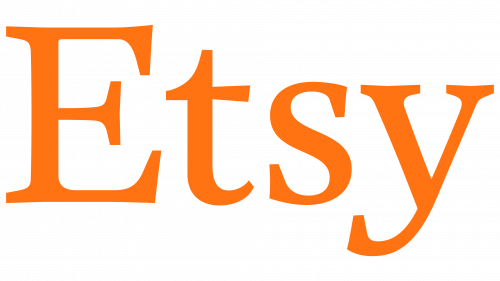The emblem is associated with wide stride and comfort, which suits a company that produces sports, running, games, and walking sneakers. The GOAT logo conveys freedom, lightness, and movement over long distances without discomfort.
GOAT: Brand overview
| Founded: | July 2015 |
| Founder: | Eddy Lu and Daishin Sugano |
| Website: | goat.com |
Meaning and History
Eddy Lu and Daishin Sugano created GOAT in 2015. They were prompted to this decision by an unfortunate incident. To his disappointment, Sugano bought a new pair of Air Jordan 5 Retro Grapes on eBay, which turned out to be fake. He was very upset because he ordered the sneakers as a memento of his old Air Jordan 5 Grapes received in school for his academic success. Eddy Lu found out about his colleague’s failure and decided to support him. Together, they developed a startup concept: a website where intermediaries could sell athletic shoes and not cheat customers.
So, the entrepreneurs created a platform for sneaker resellers, which has grown to sell expensive clothing over time. It now has retail stores, e-commerce sites, and mobile apps. Its name, GOAT, comes from the phrase “Greatest of All Time.” It’s a superlative term for something—the best of the best. The marketplace is used by more than 500,000 sellers and 30 million buyers worldwide, meaning many people worldwide know its simple and utilitarian logo.
At first glance, there is nothing special about it. It contains a simple black word, “GOAT,” written in a round sans serif font. However, in this external simplicity, the main business idea lies in offering customers something clear and accessible without hidden meanings or falsehoods. After all, Eddy Lu and Daishin Sugano’s original goal was to combat counterfeiting so that people who spend hundreds of dollars online on sneakers wouldn’t worry about their authenticity.
GOAT has no additional graphic symbols. In this matter, the founders of the online marketplace were inspired by the logos of famous companies such as Prada, Saint Laurent, and Balenciaga. They are all united by the same wordmarks—laconic black-and-white inscriptions without unnecessary patterns. The above brands’ visual identity is built on minimalist principles, so GOAT is trying to imitate the trendsetters. With a simple emblem, the trading platform wanted to create a positive image and evoke associations with the market leaders.
GOAT: Interesting Facts
GOAT, short for Greatest of All Time, has revolutionized the sneaker market since it started in 2015.
- Start and Mission: Founders Eddy Lu and Daishin Sugano launched GOAT after Sugano bought fake sneakers. They aimed to make a safe place for people to buy and sell real sneakers.
- Growth: GOAT quickly grew into one of the biggest sneaker platforms, with millions of users and over a million sneaker listings.
- Authentic Checks: GOAT stands out with its tough check for fakes. Every sneaker is inspected by experts, earning users’ trust by fighting fake products.
- Beyond Sneakers: GOAT now offers clothes and accessories, growing from a sneaker-only spot to a full lifestyle platform.
- Worldwide Service: With users worldwide, GOAT has become an international center for sneaker fans and collectors.
- Tech Use: GOAT’s app uses tech-like image recognition to help users find sneakers easily, improving the shopping experience.
- Eco-friendly Moves: GOAT is tackling fashion sustainability by encouraging the sale and purchase of gently used sneakers, promoting less waste.
- Big Names and Deals: Investments and interest from big players like Foot Locker and collaborations with artists and athletes have boosted GOAT’s profile.
- Culture Influence: GOAT has shaped modern sneaker culture, turning sneakers into footwear, collectibles, and investment pieces.
- GOAT Group Formation: In 2018, GOAT joined forces with Flight Club, blending GOAT’s online strength with Flight Club’s retail experience to create a complete sneaker hub.
GOAT’s story, from a start-up to a sneaker industry leader, highlights the importance of authenticity, tech, and community in today’s digital shopping world. Its focus on innovation and sustainability points to how the future of buying and selling fashion items, especially sneakers, might look.
Font and Colors
The font is similar to the Halis Grotesque Small Caps Regular by Ahmet Altun, but it’s not an exact copy. They have common features:
- The shape of the letters is the same.
- The contrast is low.
- The lines are about the same thickness.
At the same time, the top corner of the “A” in “GOAT” is rounded, which is not the case in the typeface created by Ahmet Altun.
The visual symbol uses two related colors: black and white. These emphasize the brevity of the inscription and reflect the brand’s desire for a minimalist style.





